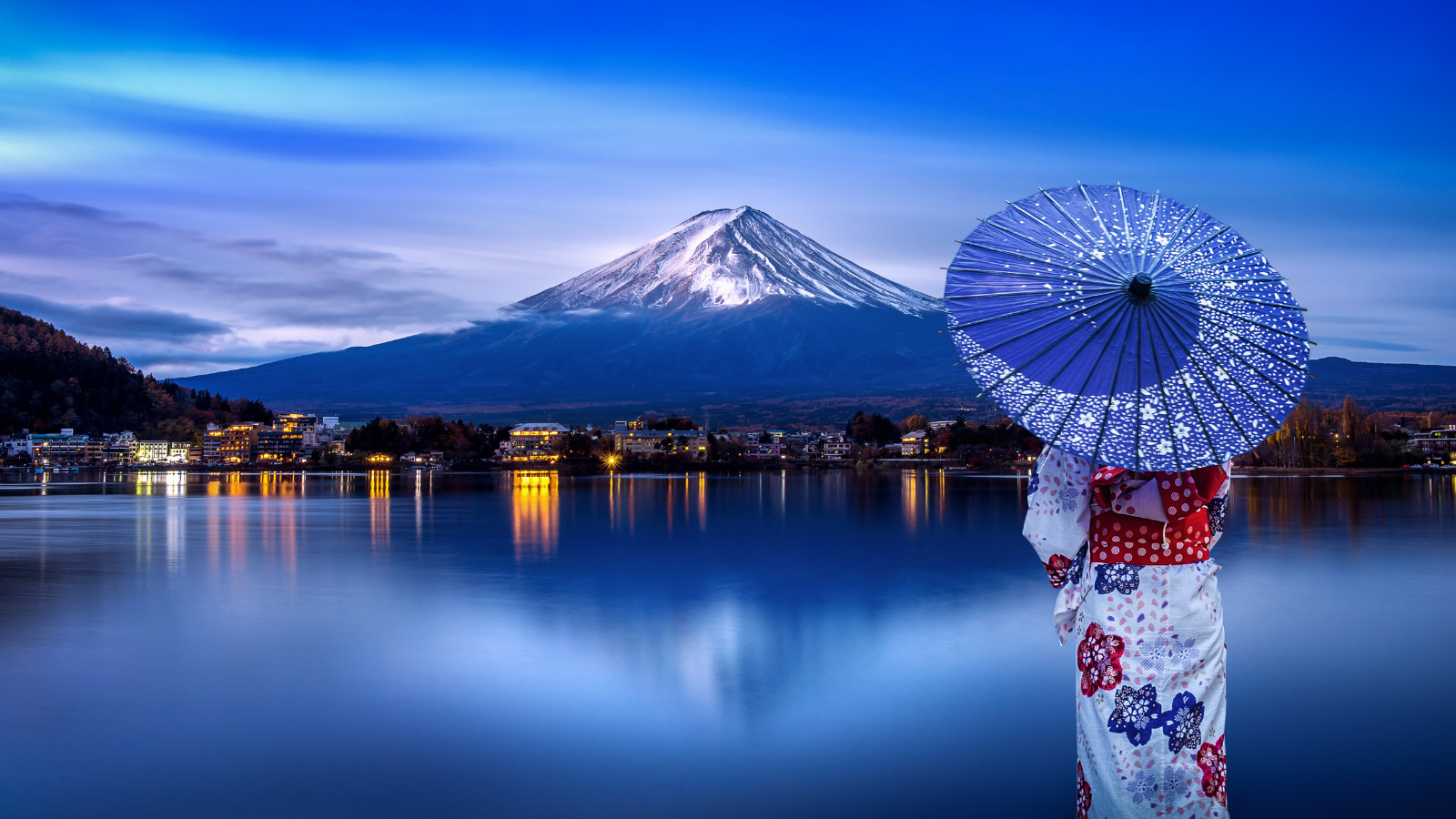Nagasaki Prefecture, located on the island of Kyushu in Japan, is a region rich in history, cultural diversity, and natural beauty. Known for its pivotal role in Japan’s international relations and its tragic history during World War II, Nagasaki offers a unique blend of historical significance, cultural heritage, and scenic landscapes.
History and Culture
Historical Significance
Nagasaki has a profound historical legacy, being one of the first Japanese ports to open to foreign trade in the 16th century. This made it a melting pot of different cultures and religions, particularly Christianity. The city of Nagasaki was also one of the two cities targeted by atomic bombs during World War II, a tragic event commemorated at the Nagasaki Peace Park and Atomic Bomb Museum.
Cultural Heritage
Nagasaki is known for its cultural diversity, influenced by centuries of international trade. The prefecture is home to numerous historical sites, including churches, temples, and traditional Japanese gardens. Festivals such as the Nagasaki Kunchi, which features dragon dances and vibrant parades, reflect the region’s rich cultural heritage.
Economy and Industry
Nagasaki’s economy is diverse, with strengths in shipbuilding, fishing, and tourism. The port of Nagasaki has been a significant center for shipbuilding and trade for centuries. The region’s fishing industry is also vital, providing fresh seafood to local and international markets. Tourism is a major economic driver, with visitors drawn to Nagasaki’s historical sites, natural beauty, and cultural attractions.
Attractions and Activities
Historical and Cultural Sites
- Nagasaki Peace Park: A serene park dedicated to the victims of the atomic bombing, featuring the Peace Statue and various memorials.
- Atomic Bomb Museum: Offering a poignant insight into the events of August 9, 1945, and the aftermath of the atomic bombing.
- Dejima: A former Dutch trading post, now a historical site showcasing Nagasaki’s international trade history.
- Glover Garden: A park with Western-style houses from the Meiji era, offering panoramic views of Nagasaki Harbor.
- Oura Church: The oldest standing Christian church in Japan, designated as a National Treasure.
Natural Attractions
- Mount Inasa: Known for its breathtaking night views of Nagasaki City and the surrounding area.
- Huis Ten Bosch: A theme park replicating a Dutch town, complete with canals, windmills, and tulip gardens.
- Unzen-Amakusa National Park: Featuring volcanic landscapes, hot springs, and scenic hiking trails.
Islands
- Gunkanjima (Battleship Island): An abandoned coal mining island and UNESCO World Heritage site, known for its stark, dramatic scenery.
- Iki and Tsushima Islands: Offering beautiful beaches, historical sites, and opportunities for outdoor activities such as hiking and fishing.
Cuisine
Nagasaki’s culinary scene is diverse and flavorful, reflecting its cultural influences and coastal location. Local specialties include:
- Shippoku Ryori: A unique fusion cuisine combining Japanese, Chinese, and Western influences, often served as a multi-course meal.
- Champon: A hearty noodle soup with seafood, vegetables, and pork, a signature dish of Nagasaki.
- Sara Udon: Crispy noodles topped with a savory stir-fry of vegetables and seafood.
- Kasutera: A sweet, sponge cake introduced by Portuguese missionaries in the 16th century.
Conclusion
Nagasaki Prefecture is a captivating destination that seamlessly blends historical depth, cultural richness, and natural beauty. Whether you’re exploring poignant historical sites, enjoying the diverse cuisine, or marveling at the scenic landscapes, Nagasaki offers a unique and enriching experience for all visitors. Its welcoming atmosphere and fascinating attractions make it a must-visit location for anyone traveling to Japan.

